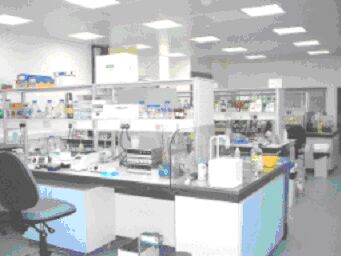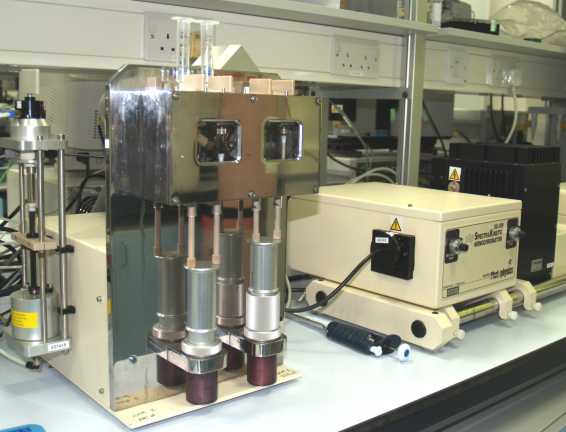 |
Department of Biochemistry | |
|
|
||||||||||||||||||||||||
The Department of Biochemistry was established in 1961 under the headship of Professor Sir Hans Kornberg FRS and is a component department of the School of Biological Sciences within the Faculty of Medicine and Biological Sciences. It has grown to be one of the largest and most successful departments at the University of Leicester and a leading Biochemistry Department in the UK, with a wide range of research interests and a commitment to excellent teaching at both the undergraduate and postgraduate levels. During the period 2005-2006, the Department moved to the new Henry Wellcome Building, which has excellent facilities and provides a stimulating environment for pursuing state-of-the-art biochemical research.
Several members of the Department are also associated with the Institute of Genetics or with the Centre for Chemical Biology. The Department offers graduates the opportunity to study by research for the degrees of MPhil, PhD, MD and MRes.
In addition to the normal equipment of a Biochemistry Department, there are extensive specialised facilities for research in structural biology, enzymology, cell and molecular biology.
The Department makes extensive use of the Protein and Nucleic Acid Chemistry Laboratory (PNACL), which provides services for protein sequencing and automated DNA sequencing. Mass spectrometry facilities (electrospray and matrix assisted laser desorption) are available in the PNAC laboratory. The Department has dedicated laboratories for the preparation and analysis of biological macromolecules with fermentor, cell breakage apparatus, equipment for the large-scale harvesting of bacterial cells, centrifuges, HPLC and FPLC chromatography. Cold room space is amply supplied for the preparation and manipulation of biological molecules and organisms. Excellent facilities also exist for mammalian tissue culture and the handling, counting and visualisation of radioactive materials |
||||||||||||||||||||||||
|
||||||||||||||||||||||||
Last updated:12 January 2009
Biochemistry Web Maintainer
This document has been approved by the head of department or sectionIf you are an authorised user you may edit this document through your Web browser.





